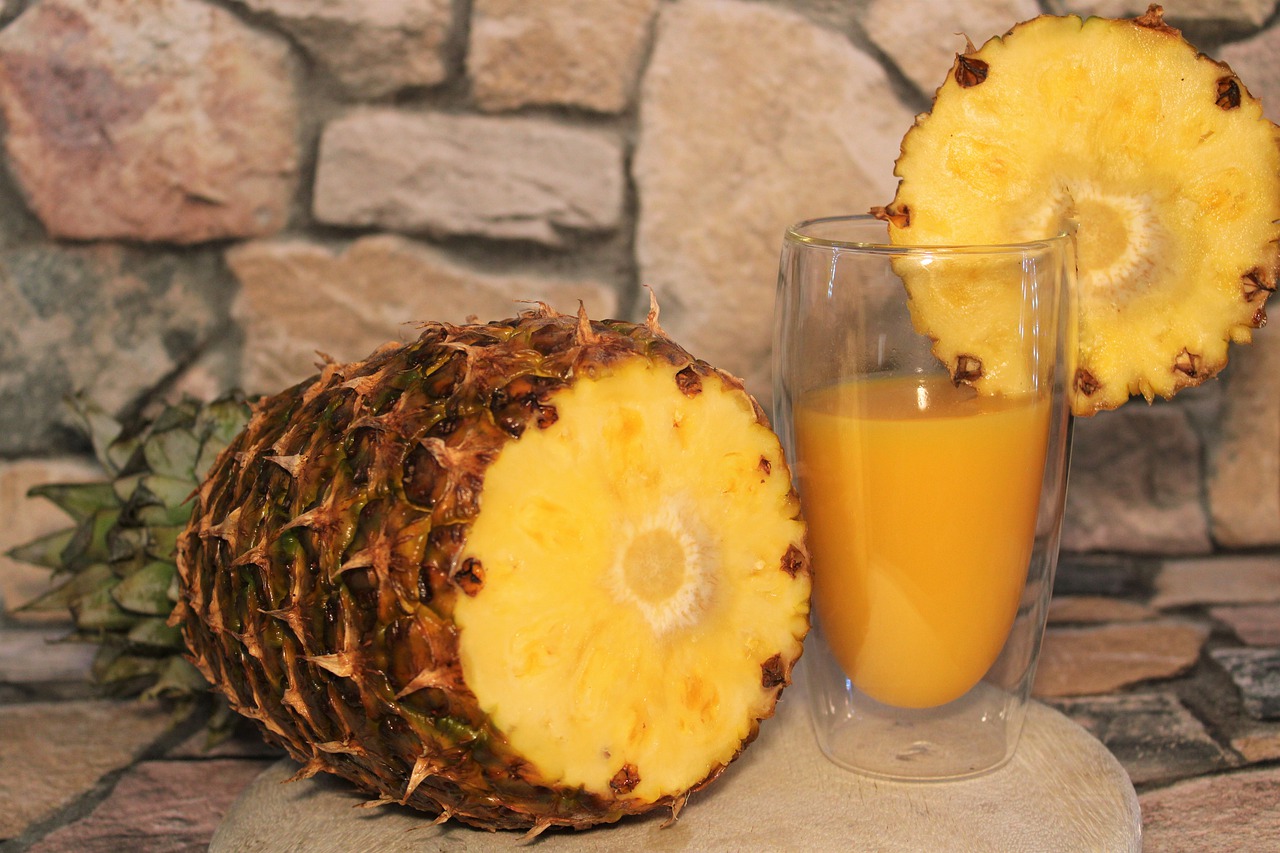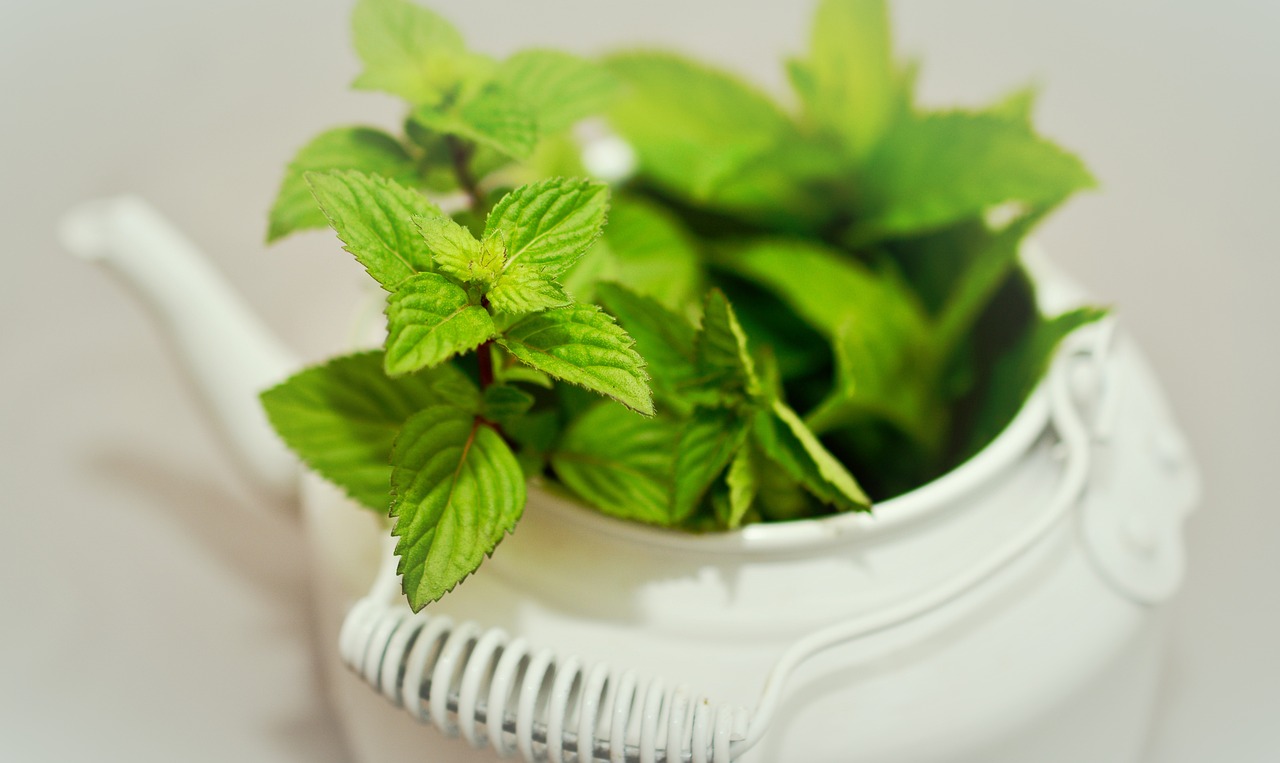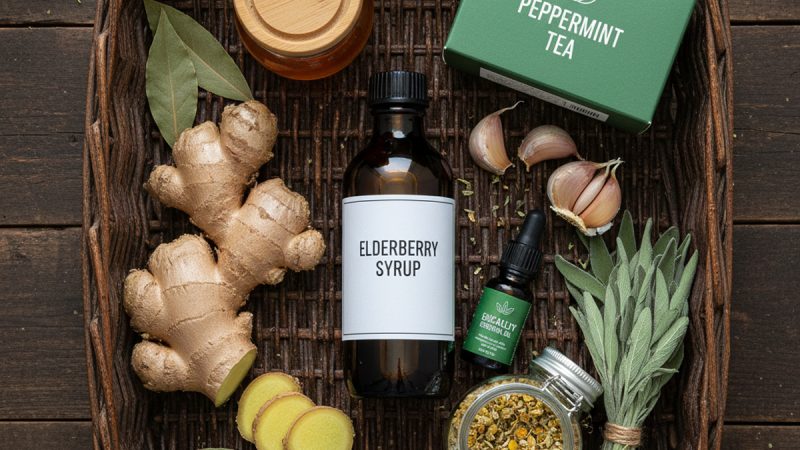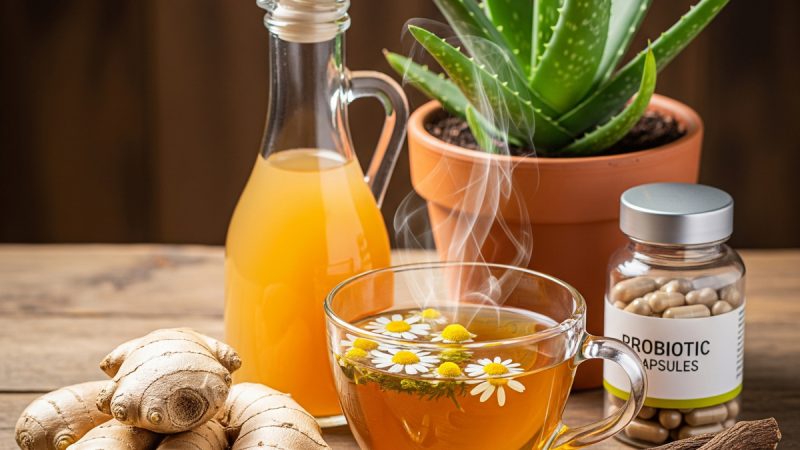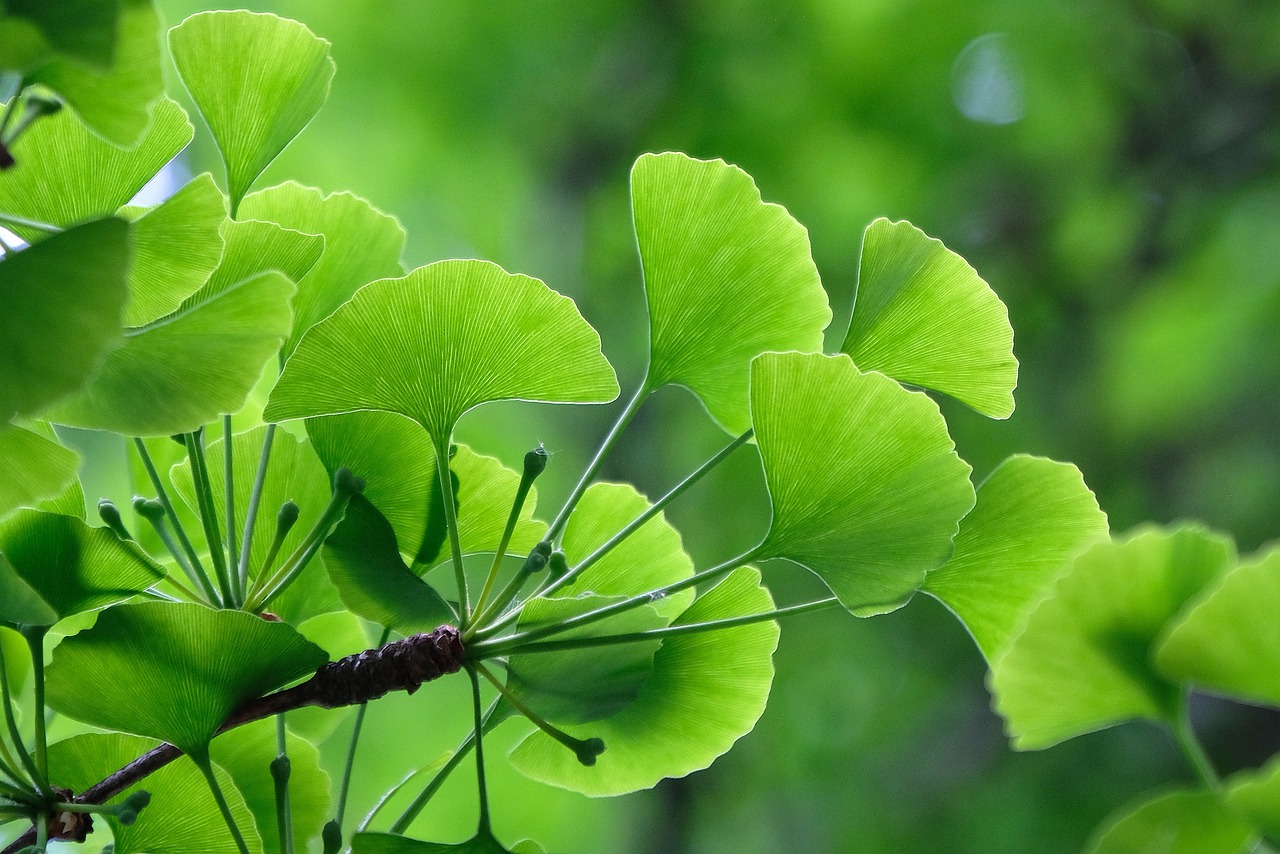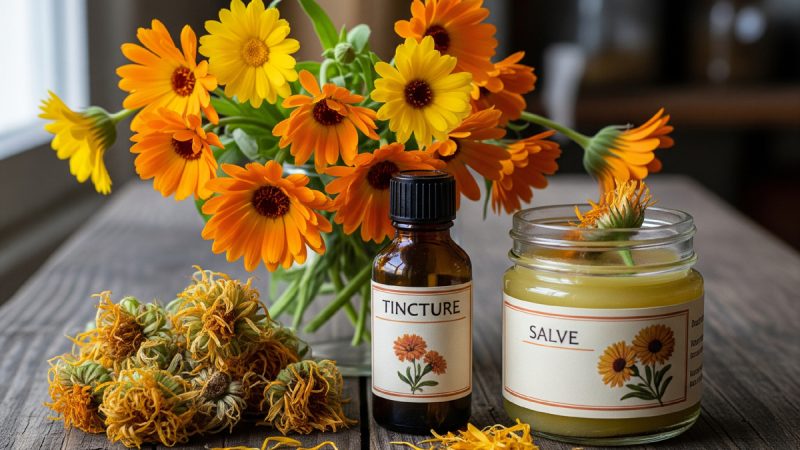The Power of Herbal Remedies, Pioneer Style
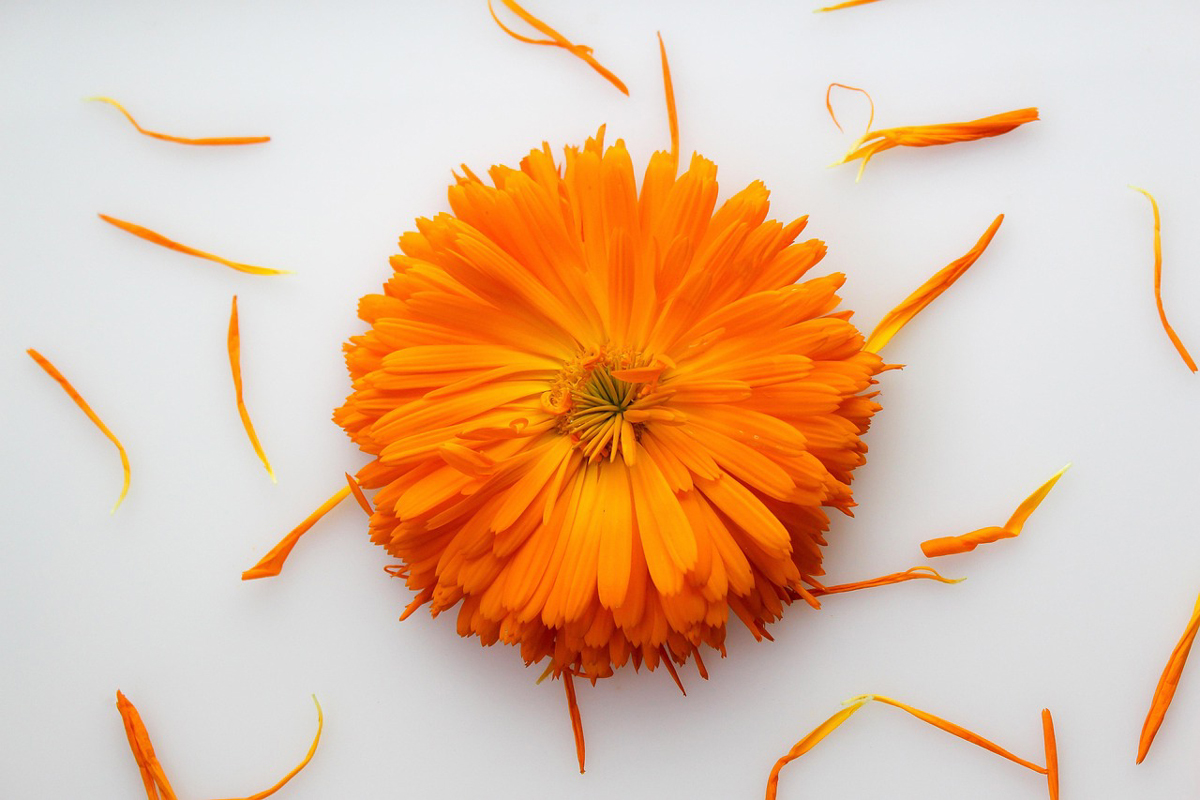
Before modern medicine, pioneers relied on the healing power of herbs for their health needs. By exploring these traditional practices, we can discover valuable insights into natural remedies and the plants used for common ailments. Join us as we explore the fascinating world of herbal medicine and the plants that early settlers used to tackle common ailments.
Fever and Inflammations: Willow Bark
Willow bark, derived from willow trees, served as an effective painkiller for pioneers. Its active ingredient, salicin, is chemically similar to aspirin.
To alleviate a fever or inflammation, create a decoction by simmering 1-2 tablespoons of dried willow bark in a cup of boiling water for 15 minutes. Take this herbal remedy 2-3 times a day until symptoms subside.
Coughs and Sore Throat: Slippery Elm Bark
Pioneers turned to slippery elm bark to soothe coughs and alleviate irritated throats.
Mix one tablespoon of powdered slippery elm bark with warm water to create a paste. Consume this mixture 2-3 times daily for relief.
Digestive Issues: Peppermint
Peppermint, renowned for its calming effects on the stomach, was commonly used by pioneers to treat digestive issues such as indigestion and bloating.
Steep 1-2 teaspoons of dried peppermint leaves in a cup of hot water for 10-15 minutes. Sip this herbal infusion after meals or as needed to ease discomfort.
Wounds and Cuts: Calendula
Calendula possesses potent antimicrobial and anti-inflammatory properties, making it an indispensable herb for wound healing.
Create a salve by infusing dried calendula petals in olive oil for 2-3 weeks. Apply the resulting oil to cuts, wounds, or skin irritations to aid in the healing process.
Headaches: Feverfew
Feverfew, with its potent anti-inflammatory properties, was commonly used by pioneers to alleviate headaches and migraines.
Chew on a few feverfew leaves or brew a tea by steeping 1-2 teaspoons of dried leaves in hot water for 10 minutes. Consume this herbal remedy at the onset of a headache for relief.
Shelf Life & Consumption
When using herbal remedies, it’s important to note their shelf life and frequency of consumption.
Store dried herbs in airtight containers away from sunlight or extreme temperatures to ensure their longevity. Typical shelf lives range from 1-3 years, but it’s always best to use fresh herbs whenever possible.
As for frequency, it’s advisable to use herbal remedies consistently but sparingly. Follow the recommended dosages and refrain from exceeding them without proper consultation with a herbalist, naturopathic doctor, or health care provider.
These remedies are meant to support natural healing and well-being but are not substitutes for professional medical advice when necessary.
The Author:
Pioneerthinking.com – Ingredients for a Simple Life.
Photo. Dewdrop157

